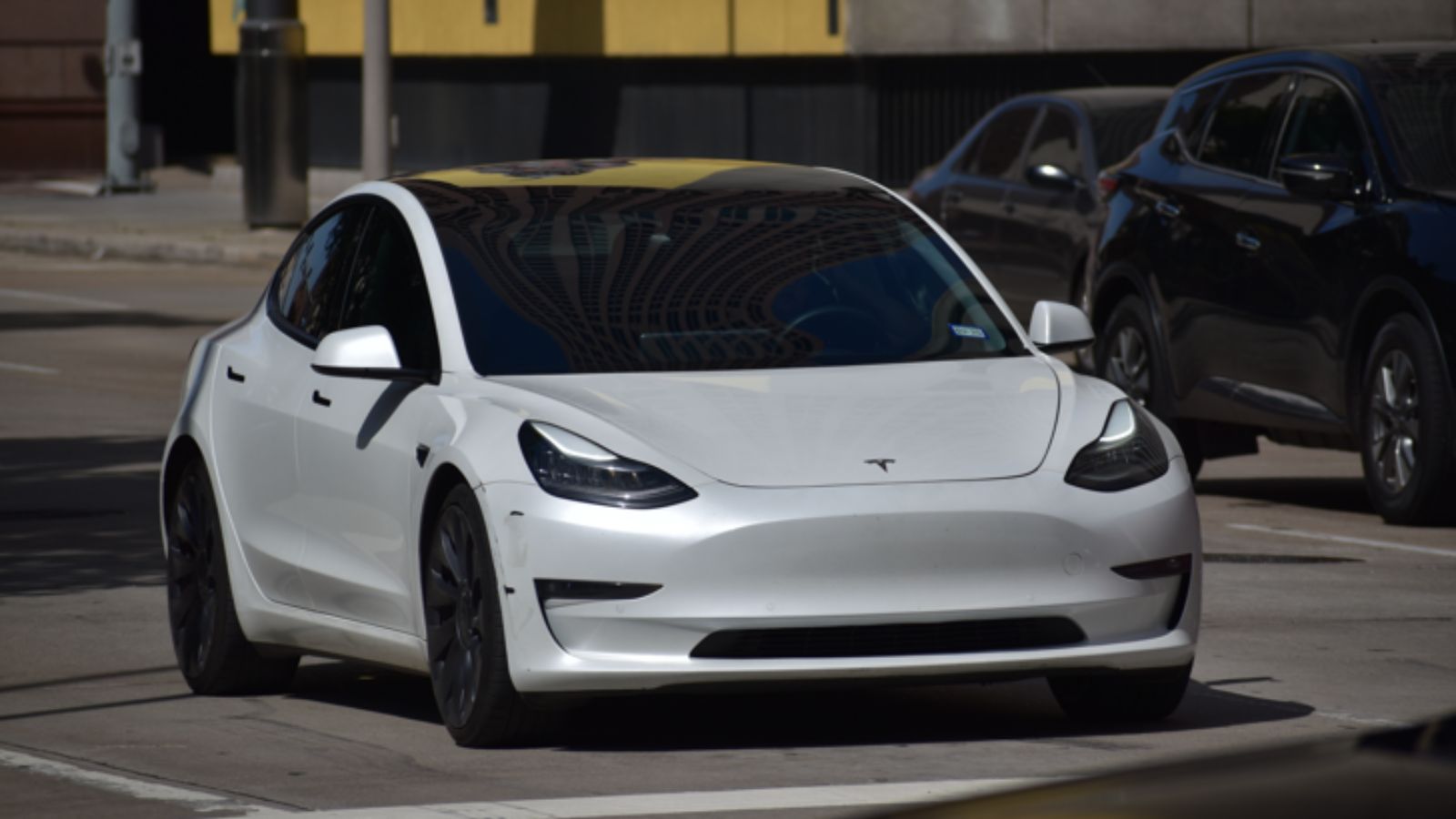The American auto industry is experiencing a significant shift, and electric vehicles are at the forefront of this transformation. As more consumers prioritize sustainability and innovation, automakers are responding with exciting new electric models that promise to change how we think about driving. This resurgence is driven by advances in technology, changing consumer preferences, and increased commitment from manufacturers to create cleaner, more efficient vehicles.

The Birth and Evolution of Electric Vehicles
Electric vehicles (EVs) have undergone significant changes since their inception. This journey includes early innovations that faced various challenges and a recent revival that showcases advanced technologies.
Early Innovations and Obstacles
The first practical electric vehicle was developed in the 1830s. Innovators like Thomas Davenport created rudimentary electric carriages powered by primitive batteries.
By the late 19th century, EVs gained popularity, especially in urban areas, due to their quiet operation and ease of use.
Challenges arose from limited range and lengthy charging times. The rise of gasoline-powered vehicles in the early 20th century overshadowed electric options.
World War II further diverted resources away from EV development. These factors contributed to a significant decline in the market for electric vehicles for several decades.
Revival and Technological Advancements
The late 20th century marked a turning point for electric vehicles. Environmental concerns and oil crises reignited interest in sustainable transportation.
Automakers began investing in research to overcome previous limitations. The introduction of advanced lithium-ion batteries significantly increased driving range and reduced charging times.
In the 2000s, companies like Tesla emerged, pushing the boundaries with high-performance electric cars. Their success demonstrated the feasibility and desirability of EVs.
Government incentives, such as tax credits, further encouraged consumers to embrace electric vehicles. Today, EV technology continues to evolve, with advancements in autonomy, battery efficiency, and infrastructure.
You can see the increasing presence of electric vehicles on the roads, signaling a promising future for the industry.
Factors Driving Electric Vehicle Adoption
Several key elements are contributing to the increasing popularity of electric vehicles (EVs) in America. These factors encompass environmental concerns, government support, and innovations in battery technology.
Environmental Concerns
Rising awareness of climate change and air pollution has made many consumers more conscious of their environmental impact. You may find that EVs produce fewer greenhouse gas emissions compared to traditional vehicles. Additionally, local air quality improves as more people adopt electric cars.
Many drivers appreciate that electric vehicles can be charged using renewable energy sources, such as solar or wind. This aligns with an eco-friendly lifestyle, gaining traction with environmentally conscious individuals.
Government Incentives and Policies
Government programs aimed at promoting electric vehicle adoption have a significant influence on consumer choices. You might be interested in the federal tax credits available for EV purchases. Certain states offer additional rebates or incentives, making the initial investment more attractive.
Regulations aimed at reducing emissions are also creating a favorable environment for electric vehicles. These policies encourage automakers to produce more EVs and facilitate infrastructure development, such as charging stations. You can see these changes encouraging a shift towards greener transportation options.
Advances in Battery Technology
Improved battery technology is another crucial factor driving the adoption of electric vehicles. You will notice that newer batteries offer increased range and quicker charging times. This resolves one of the biggest barriers to EV adoption, range anxiety.
Additionally, advancements in battery production are lowering costs over time. This trend can make electric vehicles more affordable for a broader audience. As technology improves, you benefit from a growing selection of EVs that meet different needs and budgets.
Impact on the American Auto Industry
The resurgence of electric vehicles (EVs) in the American auto industry is driving significant changes in manufacturing processes, consumer preferences, and economic landscapes. These shifts are influencing how vehicles are produced, the types of vehicles consumers choose, and the broader economic implications for the industry.
Changes in Manufacturing Processes
Manufacturers are adapting their production lines to accommodate electric vehicles. This includes investing in new technologies and training employees on EV-specific processes.
Key changes include:
- Battery Production: Companies are establishing facilities focused on battery manufacturing, crucial for EVs’ performance.
- Supply Chain Alterations: A shift toward sourcing parts like electric motors and battery systems has emerged, impacting supplier relationships.
- Sustainability Initiatives: Many manufacturers are adopting greener production practices to align with EV goals.
These changes can lead to increased efficiency and reduced emissions in the long term. You may see brands collaborating with tech companies to enhance their capabilities.
Shift in Consumer Preferences
As electric vehicles become more mainstream, consumer preferences are shifting. Many buyers prioritize sustainability, driving more interest in EV options.
Factors influencing this shift include:
- Environmental Awareness: Increased concern about climate change encourages consumers to opt for eco-friendly vehicles.
- Incentives and Tax Breaks: Government benefits can make EVs more financially appealing.
- Range and Technology Improvements: Advances in battery technology enhance range and reliability, easing previous fears about EV ownership.
This change in preferences is not just about being eco-conscious; it’s also about enjoying the benefits of modern technology.
Economic Implications
The rise of electric vehicles has notable economic implications for the auto industry.
Consider these aspects:
- Job Creation: New manufacturing methods and technologies are creating jobs, especially in battery production and research.
- Market Competition: The presence of EVs is intensifying competition among automakers, pushing them to innovate.
- Investment Growth: As interest in EVs rises, investment in EV infrastructure, like charging stations, is increasing.
These shifts can promote economic growth and potentially lead to more stable prices for consumers. You may find that these changes help shape the future of transportation in America.
